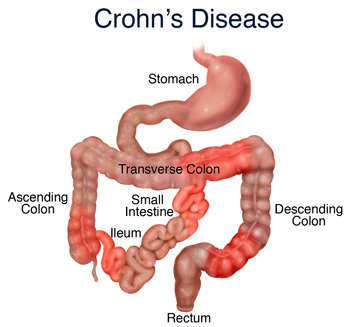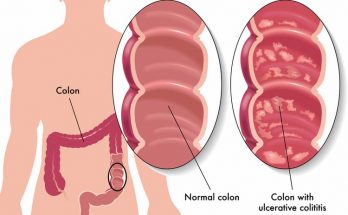Sports people are used to hearing often about hernia problems. The most common types of hernia that occur when practicing sports are inguinal hernia and sports hernia, referred to by some doctors as ‘Gilmore’s groin’.
When you get inguinal hernia tissue from the intestine pushes through the abdominal wall, because of a weakness in the iguinal canal (the inguinal canal is the ‘tube’ situated between the thigh and the abdomen, and which has the role of transmitting the testes or the round ligament while the organism is still young ).
Many soccer players suffer from hernia because the pelvic region is put through great torsional loads while playing soccer. A lot of older players have either sports hernia or Gilmore’s groin
These two illnesses present some signs and symptoms when they occur but hernia diagnostication requires some special attention because the most specific symptoms of hernia, pain in the pelvis and in the groin, may be caused by other problems, like injuries to the hip joint, lumbar spine, abdomen or the genito-urinary system. The main difference between these is that if someone is suffering from hernia, when he/she coughs or sneezes pain in the ‘affected’ zone occurs. Pain increases if you are twisting and turning, and it radiates through the body, reaching even to the testicles at men.
Gilmore’s groin may be undetectable in the beginning, causing only a little pain when you get in and out of bed, but allowing you to perform the normal daily activities. As time passes the situation gets worse and eventually surgical intervention is required.
Sports hernia treatment can be done with the help of a physiotherapist and it involves the strengthening of the muscles, but also you must take a break from playing sports while the treatment is done. In some cases surgery is needed, but successful surgery depends on many factors and you must also carefully follow a rehabilitation program.
After the surgery and the rehab program are over you can return to your sporting activities.

